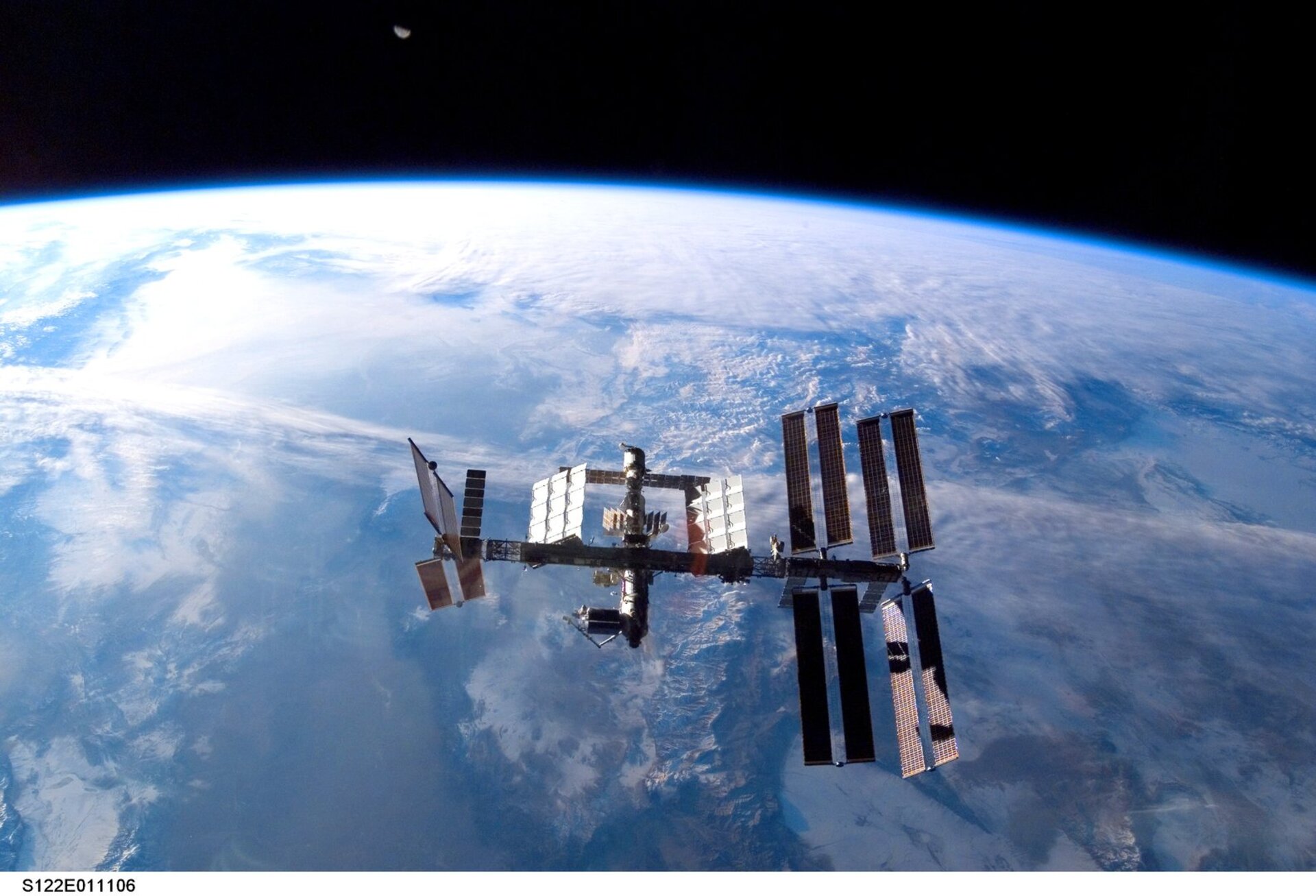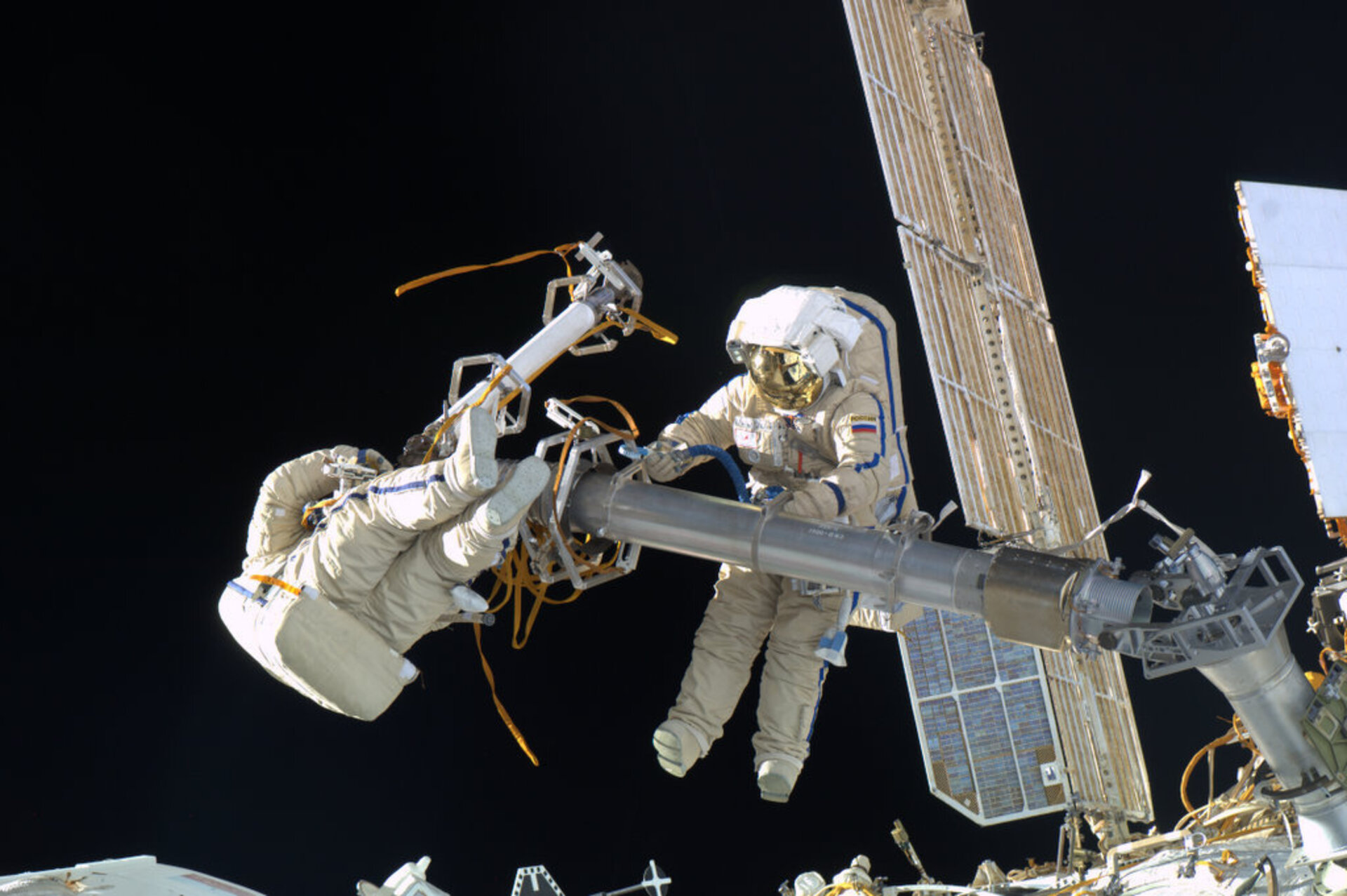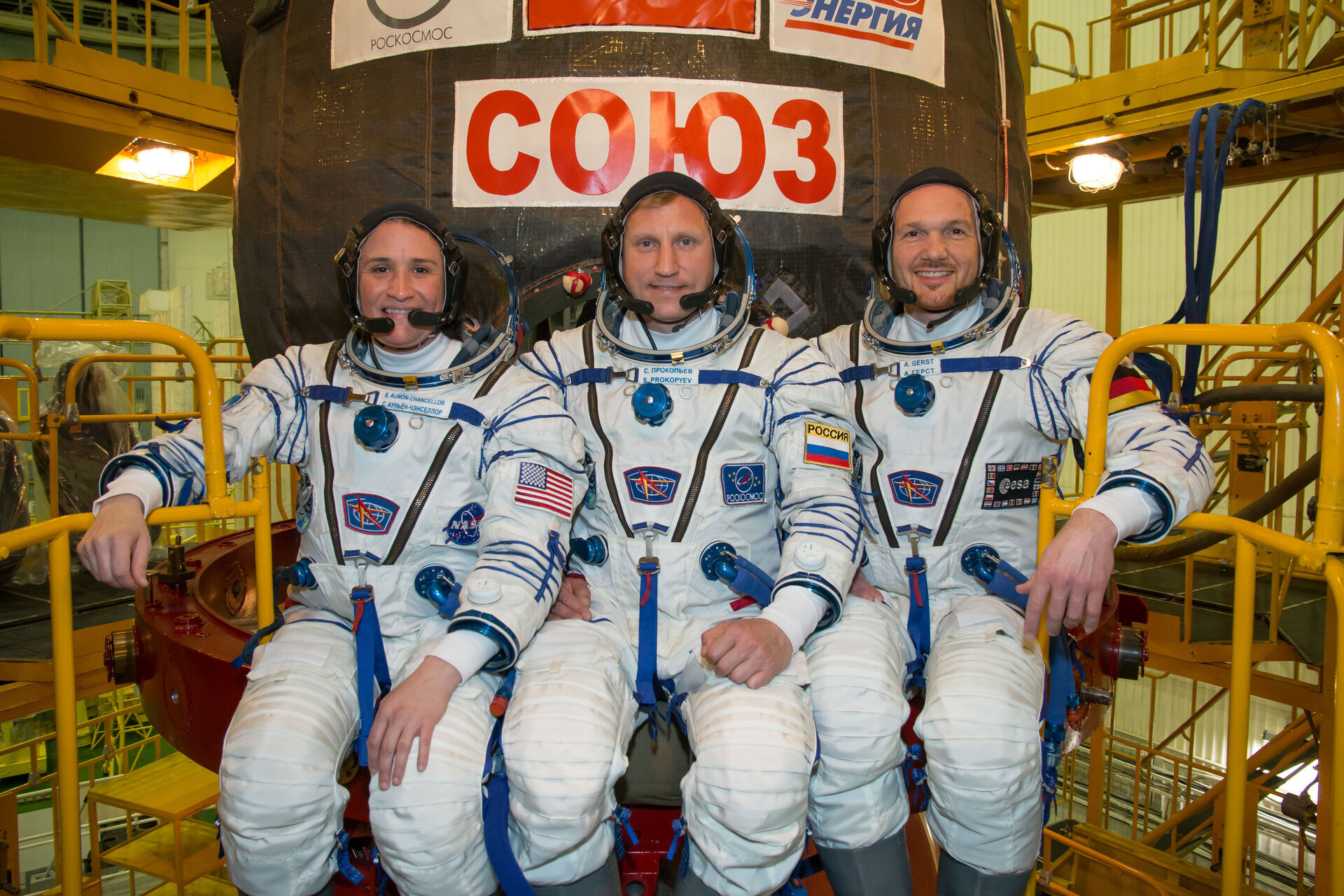Lawyers, too, celebrate 20 years of continuous human presence on the ISS !
Twenty years have passed since Expedition 1 arrived on the International Space Station (ISS) on 2 November 2000. Since then, the world has witnessed some of the most amazing, ground-breaking developments and pioneering achievements from uninterrupted human presence in space. But on what legal basis has the international cooperation enabling this unprecedented technological and political achievement actually been built?
This short article highlights the main elements of the legal framework applicable to the ISS and shows how the ISS cooperation serves as a catalyst for future international cooperative space activities.
The ISS legal framework, a masterpiece enabling international space cooperation
The ISS is a cooperative programme between the following so–called “Partner States”: the United States, Russia, Canada, Japan and 11 European Governments of Member States of the European Space Agency (ESA) collectively referred to as the European Partner, and for which ESA acts as the European technical space agency for the joint development, operation and utilisation of a unique multi-use and permanently inhabited Space Station in low Earth orbit.
The architecture of the ISS legal framework is a multi-layered structure composed of various international cooperation agreements:
- The ISS Intergovernmental Agreement, often referred to as 'the IGA', is an international treaty signed on 29 January 1998 by the fifteen governments involved in the ISS project. The IGA establishes a long-term governmental-level cooperative framework on the basis of “genuine partnership for the detailed design, development, operation, and utilization of a permanently inhabited civil international Space Station for peaceful purposes, in accordance with international law” (Article 1 of the IGA), also referring to United Nations (UN) Treaties governing space activities.
- Several largely identical Memoranda of Understandings (MoUs), signed concomitantly with the IGA and on a bilateral basis following the so-called “hub and spoke” approach between the National Aeronautics and Space Administration (NASA) and each of the “Cooperating Agencies” namely ESA, Canadian Space Agency (CSA) and Russian Federal Space Agency (Roscosmos). Shortly thereafter, the Government of Japan (GoJ) also signed an MoU on the basis of which the Japan Aerospace Exploration Agency (JAXA) joined the group of ISS Cooperating Agencies. The purpose of these MOUs is to implement the provisions of the IGA at space agency level and to define in more detail the rights and obligations of the Cooperating Agencies and the cooperative management structure for “the design, development, operation and utilisation of the ISS”.
- Various Implementing Arrangements under the MOUs have also been established between NASA and Cooperating Agencies to cover important exchanges of goods and services within the ISS partnership on a non-exchange of funds basis (such as the provision by ESA of a European Service Module for the Orion spacecraft).
In view of the unique cooperative environment, where astronauts from several countries live and work together in space over longer periods of time, legal agreements for ISS cooperation had to address a variety of complex legal aspects, e.g.:
- Article 5.2 of the IGA provides that “[…] each Partner shall retain jurisdiction and control over the elements it registers […] and over personnel in or on the Space Station who are its nationals”. In this Article, and also in provisions on criminal jurisdiction (Article 22) and intellectual property (Article 21), the Partner States made links between the ISS modules and personnel with their territory so as to authorise application of their national laws to a given situation.
- The IGA also provided for the development and joint approval of an ISS Crew Code of Conduct (CCOC), a programme instrument governing the conduct of astronauts on board the ISS and applicable hierarchical structures (chain of command), both on-orbit and between the ISS and the ground teams.
- The liability provisions applicable to the ISS are found in Articles 16 and 17 of the IGA, including the concept of a comprehensive “cross-waiver of liability” among the Partner States and their “related entities” for damages arising out of activities relating to ISS cooperation. The ISS liability regime has since become a template for many other endeavours in international space cooperation.
To learn more about the ISS IGA legal framework, including intellectual property and liability matters, visit ESA webpage here: https://www.esa.int/Science_Exploration/Human_and_Robotic_Exploration/International_Space_Station/International_Space_Station_legal_framework
Read more about the ISS Crew Code of Conduct here: https://www.esa.int/esapub/bulletin/bullet105/bul105_6.pdf
The future of space exploration is now
Twenty years of continued human presence on the ISS have certainly paved the way for our future in space. The ISS represents a remarkable orbiting laboratory, not only for successful scientific activities conducted in space and the inspirational, peaceful collaboration of astronauts from different countries, but also as a proving ground for a legal framework governing this kind of complex international cooperation.
In fact, the ISS cooperation, in many ways, serves as a model for the “next phase of human exploration […] to enable sustainable exploration and use of the Moon”: the Civil Lunar Gateway space station around the Moon. The ESA NASA Gateway MoU was approved by the ESA Council in June 2020, signed by ESA DG and NASA Administrator late October 2020, and entered into force on 27 October 2020.
This landmark event was welcomed by Marco Ferrazzani, ECSL member, Head of ESA’s Legal Service and the Agency’s lead negotiator for this MoU: “This signature establishes the agreement between NASA and ESA of a genuine partnership for cooperation on a civil human outpost in the lunar vicinity, building on the wealth of experience gained through long cooperation together. For our future role in exploration it will have the same magnitude as the MoU for the International Space Station”.
Ad astra !
Chehineze Bouafia (ESA/ECSL) & Frank Riemann (ESA)







